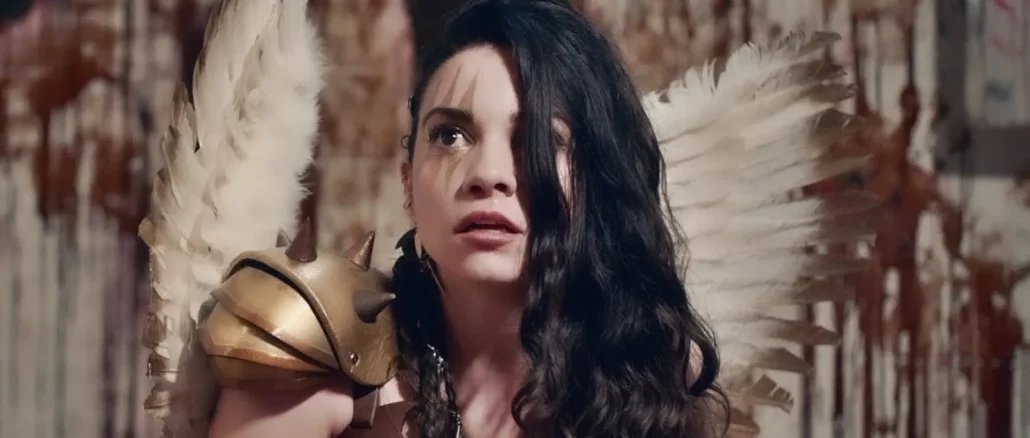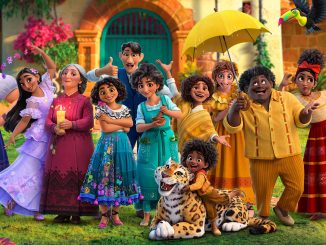
As of October 11th, the third instalment of the Terrifier series has made it to the big screen. The new horror picture stars Lauren LeVera as Sienna Shaw, a woman rebuilding her life five years after her last encounter with Art the Clown (David Howard Thornton). In the days leading up to Christmas, Sienna is pursued once again by Art, but now with his supernaturally-possessed accomplice, Vicky Heyes (Samantha Scaffidi).
When watching this film critically, one thing is clear: Sienna is a classic example of the “final girl”. The final girl trope refers to the common plotline associated with horror films where there is one last girl alive to confront a rampant killer. The final girl is often the sole survivor out of a group of youths killed off one by one, following several chases before she either takes down the killer herself or is saved at the last moment. She often has an implied moral superiority throughout the film, refusing to participate in sex, drugs, or other “miscreant” behaviour. Terrifier 3’s final girl is designed to be the ultimate contrast to her demonic clown antagonist, and sports a valkyrie-style angel costume as a mythological symbol of death, battle, and victory.
The term “final girl” was coined in 1987, by professor Carol J. Clover in her book, Men, Women, and Chainsaws (1992). Clover believes this trope shifts the viewer’s perspective from the killer to the final girl. Clover also suggests that many final girls share characteristics, even down to their names. Often, they will be given unisex names such as Sidney Prescott and Gale Weathers in Scream (1996), supposedly making them more digestible for their mainly male audience. Final girls experience extreme voyeurism, and commonly experience “death by sex”, or sex scenes followed by gruesome murders. Clover notes that girls are often masculinised during their confrontations with the killer, through “phallic appropriation”, where weapons such as knives or chainsaws symbolically erase femininity.
The golden age of the final girl phenomenon is universally thought to be the 1970’s to 80’s – the most notable final girls from this time being Mary Woronov as Diane Adams in Silent Night, Bloody Night (1972), and Marilyn Burns as Sally Hardesty in The Texas Chainsaw Massacre (1974).
In the early days of the final girl, these characters were portrayed as damsels in distress, and were ultimately saved by strong male characters. This is a stark contrast to what we see today, where women in horror often survive according to their own skills and intuition.
Ultimately, though, the final girl rarely gets a happy ending; sequels often result in her death or institutionalisation. Derek Soles, professor of Film and Literature argues that, “The tragic destiny of such final girls, represents an expression of patriarchal society where capable, independent women must either be contained or destroyed”.
Terrifier 3’s final girl stands as something of a cultural anomaly in a time where horror films seem to be veering away from the final girl. Barbara Creed, author of The Monstrous Feminine (1993) observes how female characters in more recent horror “challenge this overriding patriarchal and one dimensional understanding of woman.” This is demonstrated clearly in films such as The Silence of the Lambs (1991), Jennifer’s Body (2000), and Midsommar (2019).
In an age of more nuanced conversation, the final girl trope certainly seems outdated, yet we see it clearly in Terrifier 3. It is time for the horror genre to more deeply and wholly reflect on how it treats women?
Zoë Percival



